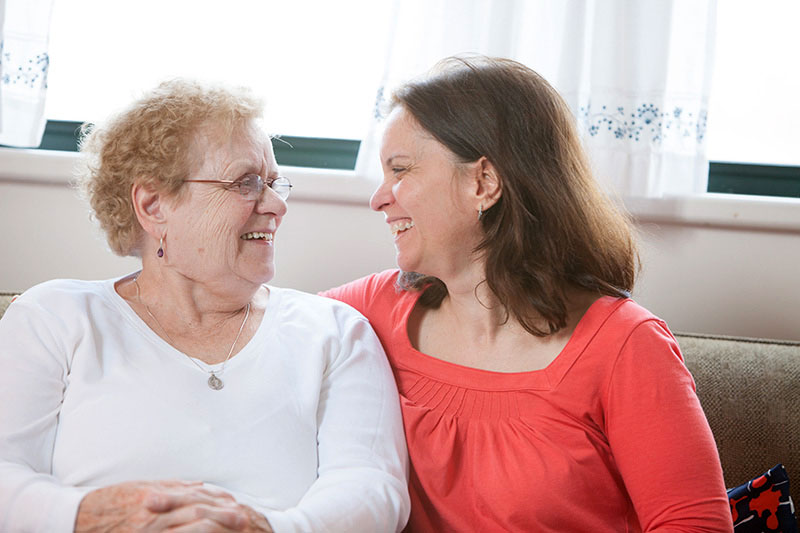Some years ago, a working mother named Viola (a client of ours) in Texas had to figure out how to care for her suddenly ailing father in San Antonio…from her home in Austin.
More recently, Bright Horizons’ employee Marsha was in and out of the office as she tried sort through her mother’s emerging long-term care needs from the other side of the country.
We also heard from Jennifer who got the phone call – “Mom’s just been taken to the hospital” – that changed her life in a second.
And there was our own employee who became a member of the sandwich generation the day her father-in-law – who has Alzheimer’s -- moved into her home with her husband and two children.
Giving Your Employees the Right Elder Care Plan…
Each of these events are unique -- just a very few of the millions of stories of people caring for parents, told around our office and around the country every day.
And each has a different effect.
Viola risked being one of the 2/3 of employees who lose worktime to care for families during acute events.
Marsha risked dialing back her job (70% of people caring for elders do) trying to puzzle out an evolving issue.
Jennifer risked the many hundreds of thousands in wages lost to being an unpaid caregiver
And our sandwiched employee caring for her father-in-law risked becoming one of the many who lose whole days (14 per year) when they become unpaid caregivers over the long haul.
All became a figure in the 1-in-6 employees managing elder care responsibilities all the time – and all contribute to the $33 billion lost in productivity every year.
…By Matching Your Elder Care Plan to Your Employees
And therein lies the one big myth of elder care supports in the workplace – that the problem is one thing; and that it’s a one-size-fits-all solution. It’s not.
Depending on the circumstance, employees might need to answer questions about power of attorney or finance. They might need to assess the appropriateness of current living arrangements or have tough conversations about future housing. They might have to sort out financial implications of assisted living or figure out how to manage bringing a parent into their homes. Or they might need someone to help them find actual, tangible care during a crisis event that arrives out of the blue. Each requires a solution, and each solution has to be affordable, available, and accessible.
“Organizations must also have cultures of trust and compassion, so employees can be transparent about the burdens they manage outside of work and so their work can flex around those needs,” wrote Jennifer on Workforce. “This is especially important for women — and the organizations that need to and want to retain them.” We couldn’t agree more.
As our SVP Marc Bernica wrote recently, “The responsibilities have a profound impact not just on people’s lives, but also their careers."
Caregivers aren’t just one thing. Approaches to supporting them shouldn’t be one thing either.





